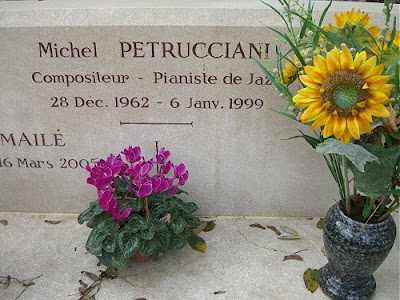Storm clouds gather over Gibraltar
That photo was taken by me from the Tarifa to Tangier ferry that crosses the Straits of Gibraltar. This ferry links Spain and Morocco, and, more importantly, Europe and Africa; or maybe I should have written Europe and the rest of the world. In the foreground is the statue of Sagrado Corazon de Jesus (Sacred Heart of Jesus) which gazes from the southern extremity of Europe towards the Rif Mountains of Morocco. Perhaps the Christian saviour is pondering on the rich potential for conversion just across the water; or perhaps he is pondering on how to safeguard Europe against the Moors, not to mention the kif and mystical music that is endemic in the Rif.
Recent rantings by both pro and anti-Brexiteers over the fate of Gibraltar exhibit predictably little understanding of a complex geopolitical and humanitarian problem. Regular readers will know I am a regular visitor to Morocco, but to date my visits there have always used the default transport of the affluent Western world - jet aircraft. But a few months ago with my wife I realised a lifelong ambition to cross from Spain to Morocco by water. This route has great humanitarian significance: it was used in the 8th century for the Muslim invasion of Spain that created the multi-cultural exemplar of al-Andalus, and in the 21st century it has become one of the locations for the great humanitarian tragedy of our times, the terrible loss of life of migrants attempting to cross into Europe.
Spain ceded Gibraltar to Britain under the terms of the Treaty of Utrecht of 1713. Gibraltar is a key strategic possession as it controls the entrance to the Mediterranean, and the Rock became of vital importance with the opening of the Suez Canal in 1869 - my photo shows just how narrow the channel is. To consolidate strategic control of the Straits of Gibraltar, an international zone centred on Tangier was created in 1924 initially under the joint governance of France, Spain, and Britain. The British presence in Gibraltar brought English 'bobbies', red postboxes, lukewarm beer and the unwavering support of the Sun newspaper. Tangier's international zone created a hedonistic cultural experiment in which Paul Bowles, William Burroughs, Ned Rorem, Sally Bowles, Virgil Thomson, Brion Gysin, Cecil Beaton, Tennessee Williams and Brian Jones were among the principal cast.
Tangier's international status ended in 1956 when Morocco freed itself from the colonial grip of France. In the half century since then the city has changed; Tangier today it is a vibrant but perplexing city whose attention is torn between the untapped potential of Africa to the south and the material wealth of Europe to the north. Gibraltar has not changed and still has English policemen and the Sun. Will both the pro and anti-Brexiteers ever learn that for every complex problem there is always a simple, quick, tweetable solution that is wrong?
Recommended reading includes Leaving Tangier by Tahar Ben Jelloun, Tangier Diaries by John Hopkins, Tangier: City of the Dream by Iain Finlayson, and recommended listening includes Saïd Chraïbi's La clef de Granada, and Jordi Savall's Mare Nostrum. Any copyrighted material is included as "fair use" for critical analysis only, and will be removed at the request of copyright owner(s). Also on Facebook and Twitter.







Comments